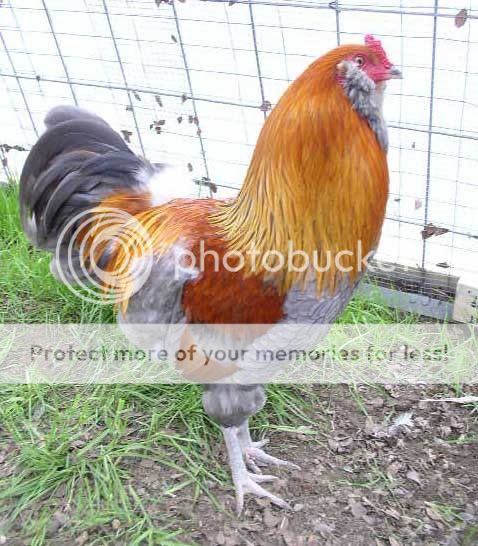Can anybody point me towards some info about the genetics of blue wheaten?
It looks like I'm about to acquire a trio of blue wheaten bantam araucanas (rumpless/tufted). Unfortunately, I don't particularly care for that color in the roo -- but it ought to be a good trio to breed from if I decide to breed, since the roo is double tufted while I *think* the hens are clean faced (I haven't met them yet!). (
edited to add -- I am told that this roo has done a fair amount of winning at shows, so I'm not saying that the tufts would be the only reason to breed him!)
Anyway -- what can I "do" with blue wheaten? What combos will get me other interesting colors? Any input welcomed!
It looks like I'm about to acquire a trio of blue wheaten bantam araucanas (rumpless/tufted). Unfortunately, I don't particularly care for that color in the roo -- but it ought to be a good trio to breed from if I decide to breed, since the roo is double tufted while I *think* the hens are clean faced (I haven't met them yet!). (
edited to add -- I am told that this roo has done a fair amount of winning at shows, so I'm not saying that the tufts would be the only reason to breed him!)
Anyway -- what can I "do" with blue wheaten? What combos will get me other interesting colors? Any input welcomed!
Last edited:




